Size:
Coyotes are the third largest wild canid in north america. They weigh in around 30-35 pounds, the size of a medium dog. Their appearance however can vary drastically with their location and the season. A coyote in the middle of a wyoming winter has 4 inches of fluff on all sides and looks significantly bigger than a coyote in sunbathing next to a saguaro cactus.
Diet:
Coyotes are indeed omnivores, which means their diet includes both animal and plant matter. While they are commonly perceived as carnivores, their food choices are diverse and adaptable depending on availability. In Yellowstone, their primary diet consists of small rodents such as pocket gophers, ground squirrels, and voles. However, coyotes demonstrate remarkable dietary flexibility; they have been observed catching insects like grasshoppers, foraging for huckleberries, and cautiously scavenging carcasses.
Mating
Coyotes are monogamous and work together to raise litters of puppies. Coyotes breed in February and are quite vocal that time of year. 63 days after conception, a litter of pups is born. The size of a litter varies drastically and is inversely linked to the vocalizations of other coyotes in the area. Meaning more coyote howls result in fewer pups. In YNP, the typical litter is around 6 puppies, and the survival rate is around 50%. Coyote families change dens frequently to avoid attack from predators like wolves.
Population:
Coyotes countrywide are thriving, taking advantage of their dietary and social flexibility to eek out a living near humans where other species can no longer make it. They are doing well enough that, despite half a million coyotes being slaughtered each year, their population is still on the rise. In Yellowstone, they face a different competitor, the wolf. Post wolf restoration, the coyote population dropped by half. After the initial dieoff, the population recovered slightly and has held steady since, even becoming more stable in the wake of wolves.
The Coyote is probably the most maligned animal by most people in the United States. Their silhouette on a moonlit night strikes fear in the hearts of suburbanites across the nation. Their reputation for eating pets spreads sea to shining sea. In a story akin to a modern-day big bad wolf, these wonderfully impressive animals have been denigrated as scoundrels of US wildlife. Thought to prey upon small domestic animals, that we know and love, this reputation is far from earned. Studies done in three major US cities show that less than 3% of coyotes prey upon domestic animals/pets. Regardless of the data, the perception of coyotes as killing machines seems to stick around.
Personally, I have a deep respect for the coyote. They are one of a few animals that have not just survived the relentless human onslaught but thrived under the thumb of humanity. They have been able to expand their range despite humans killing half a million coyotes each year. The effectiveness of these coyote eradication programs is suspect at best. While many ranchers will attest to the benefits of fewer coyotes during calving season, these benefits seem to be short-lived. Coyotes living in areas with fewer coyotes on average have larger litters and rear more puppies. This drives the pair of parents to hunt larger prey in order to feed all the pups, thus driving those coyotes to hunt larger prey such as domestic sheep and goats.
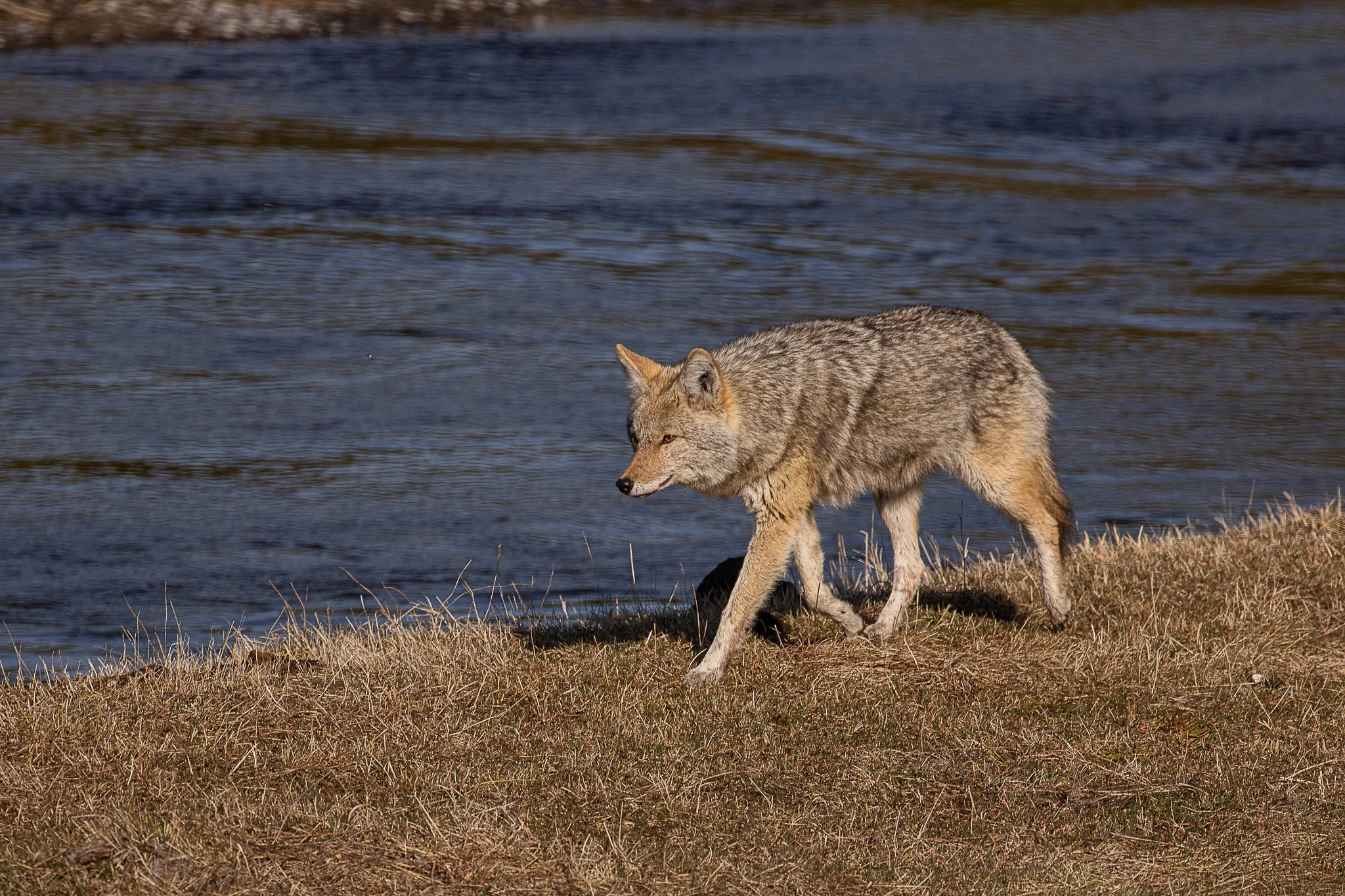
Coyote prowls the Madison River
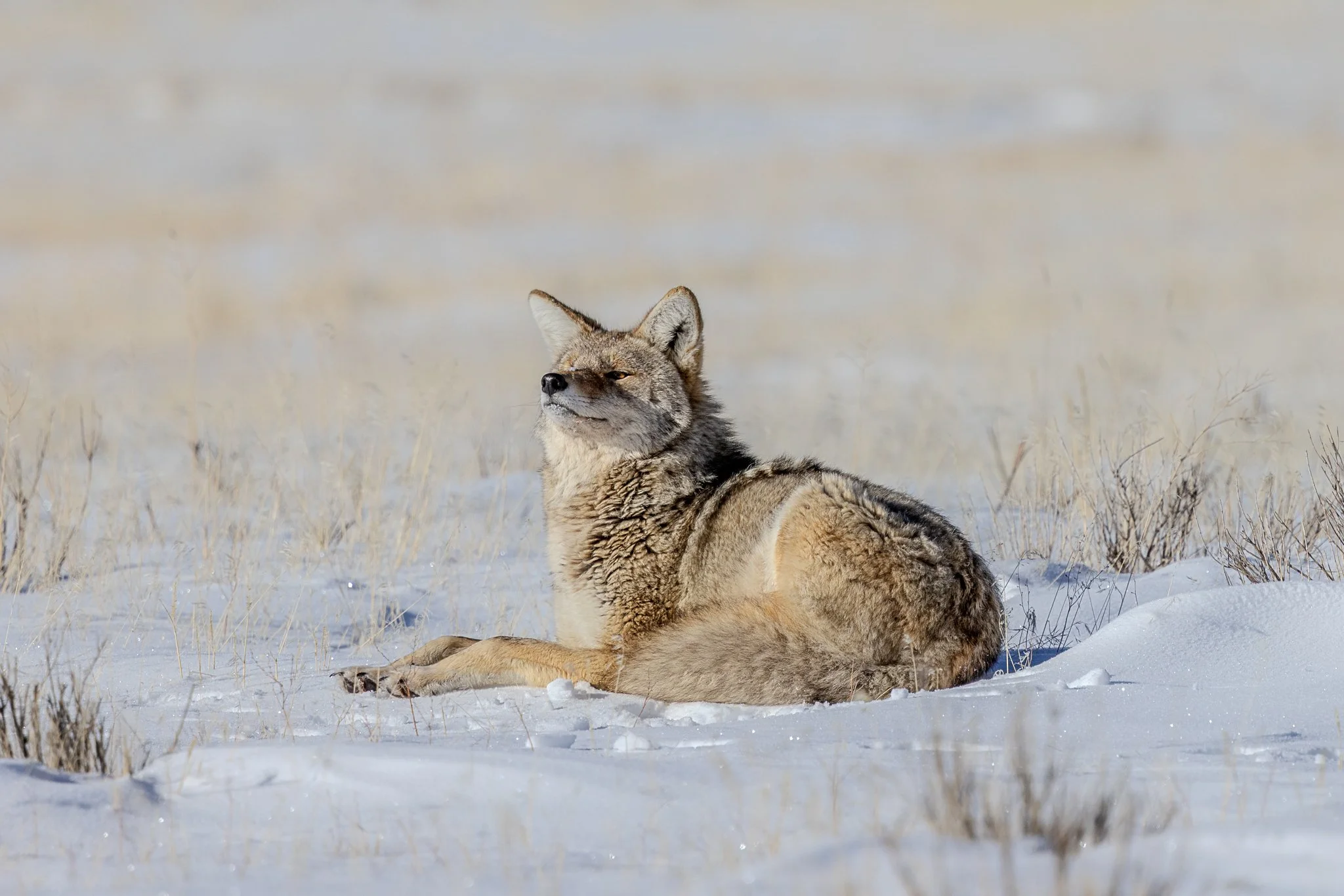
Basking coyote
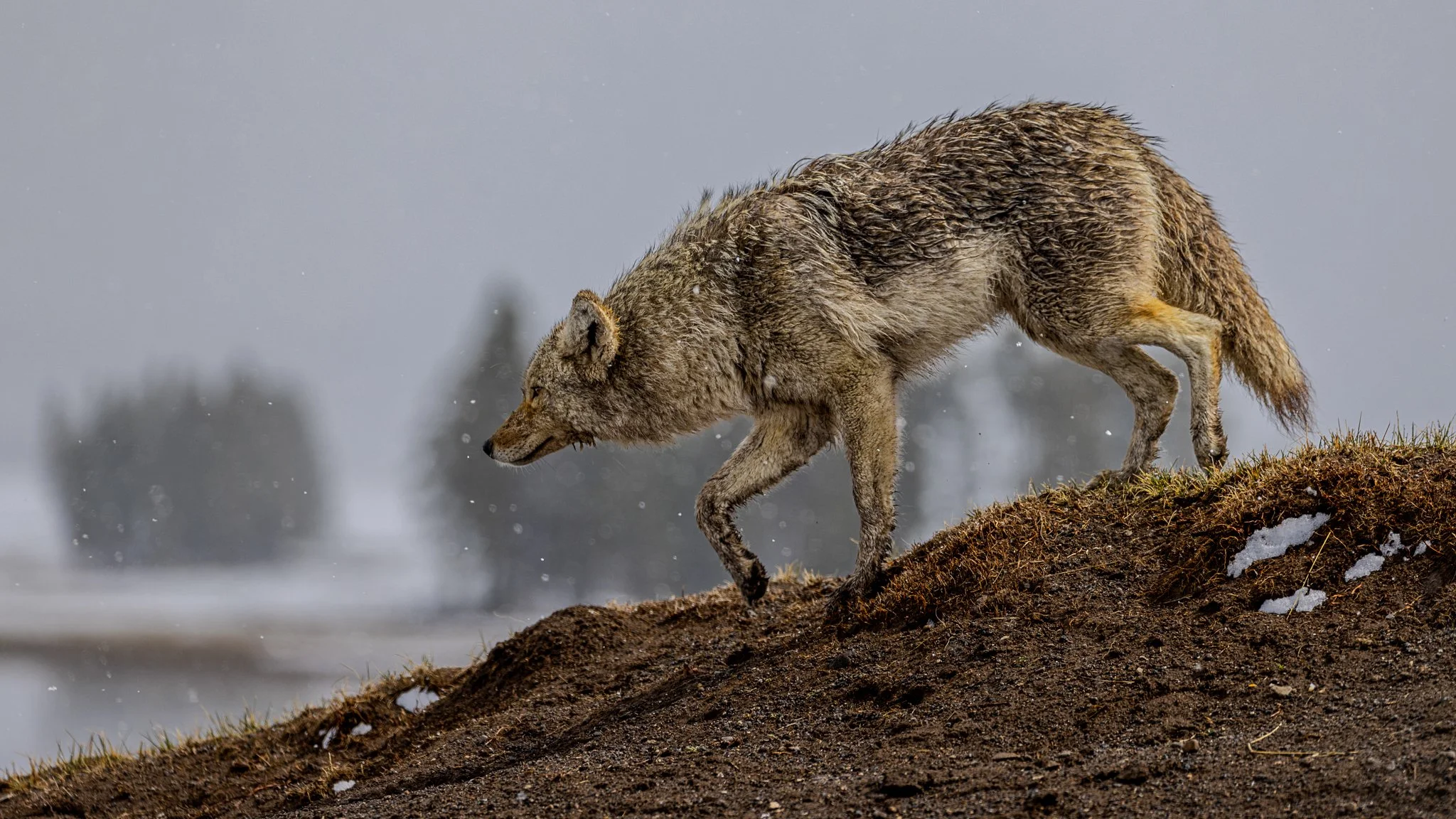
Stalking coyote
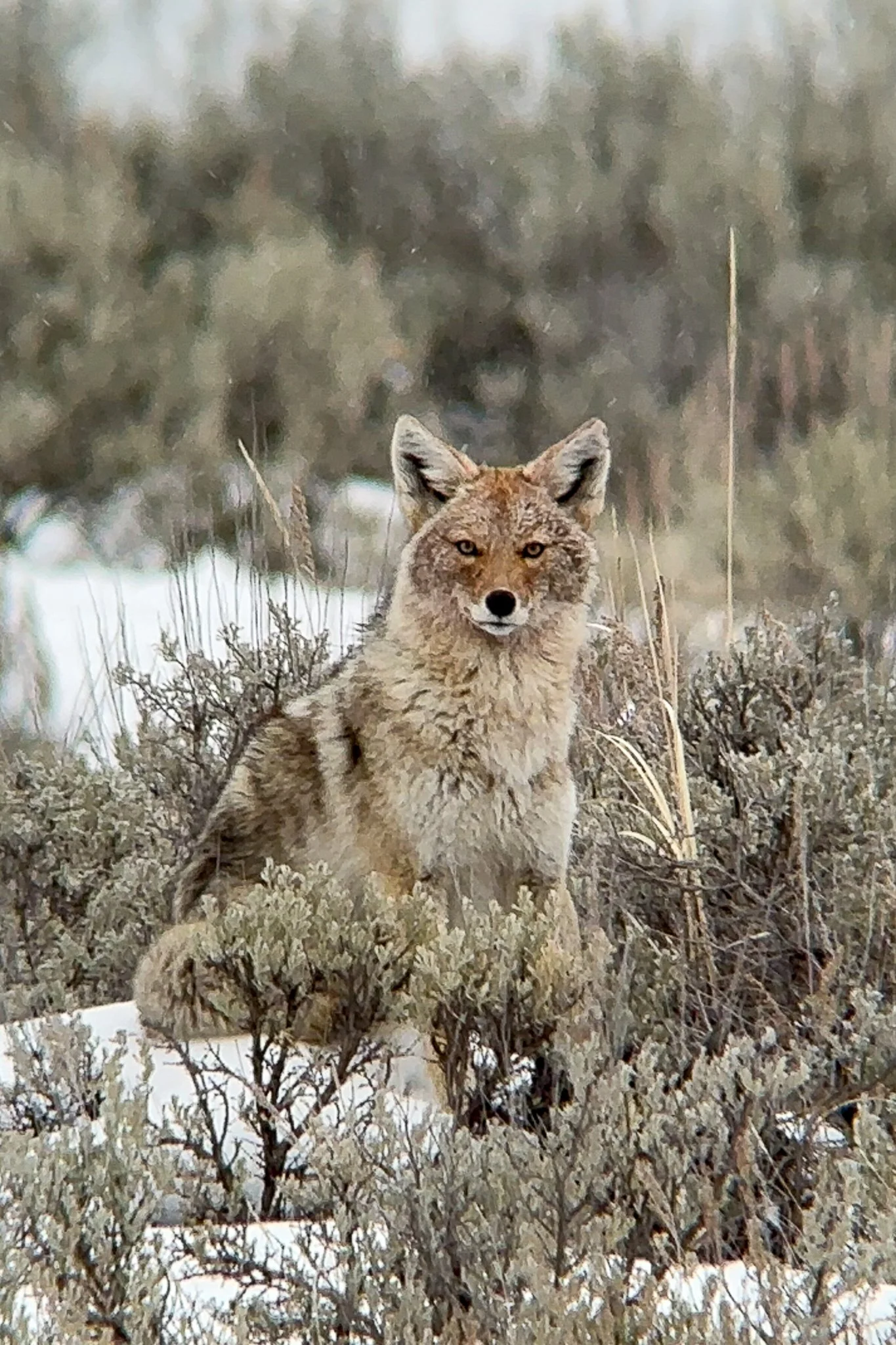
Watching the watcher
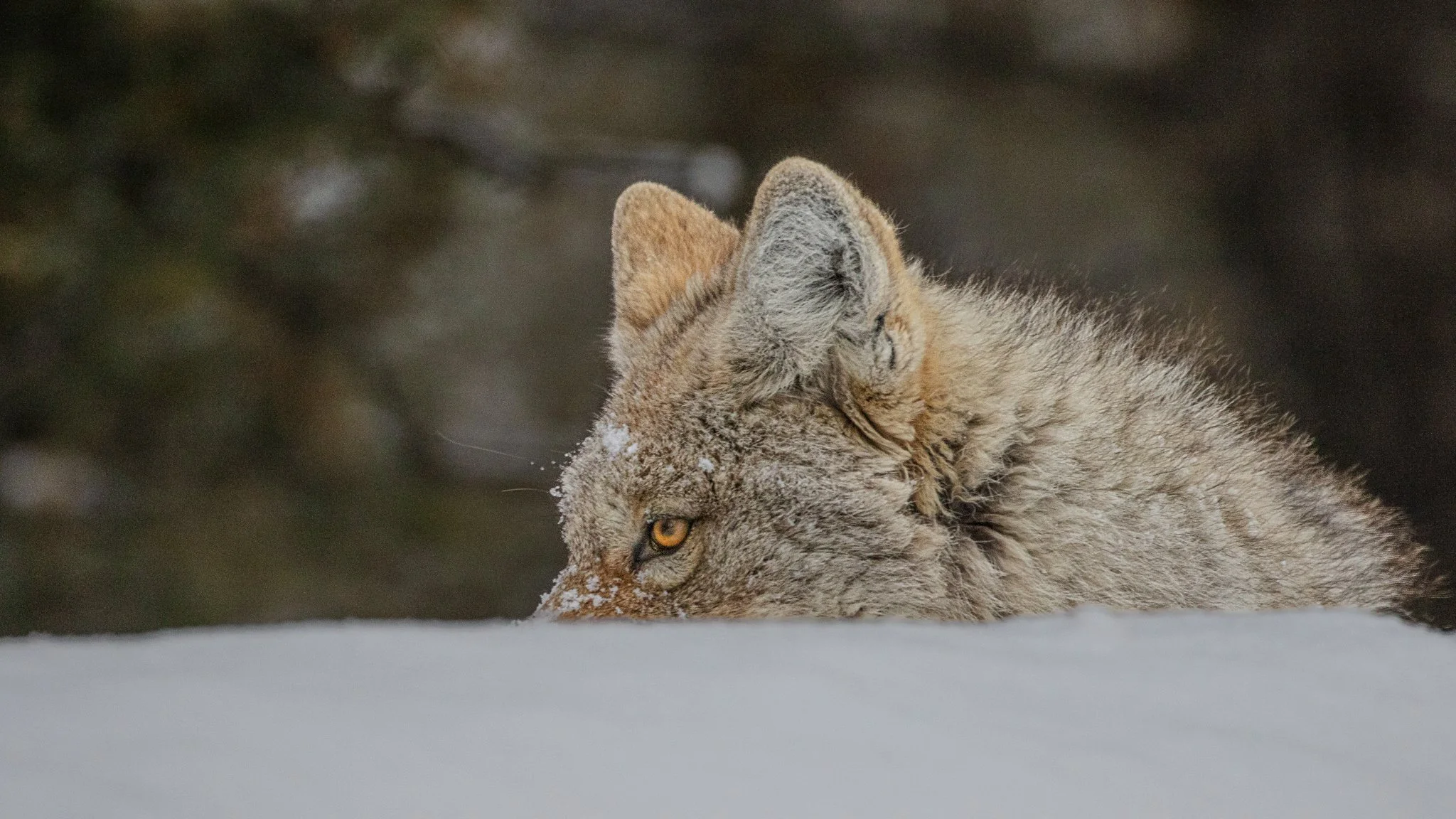
Focus
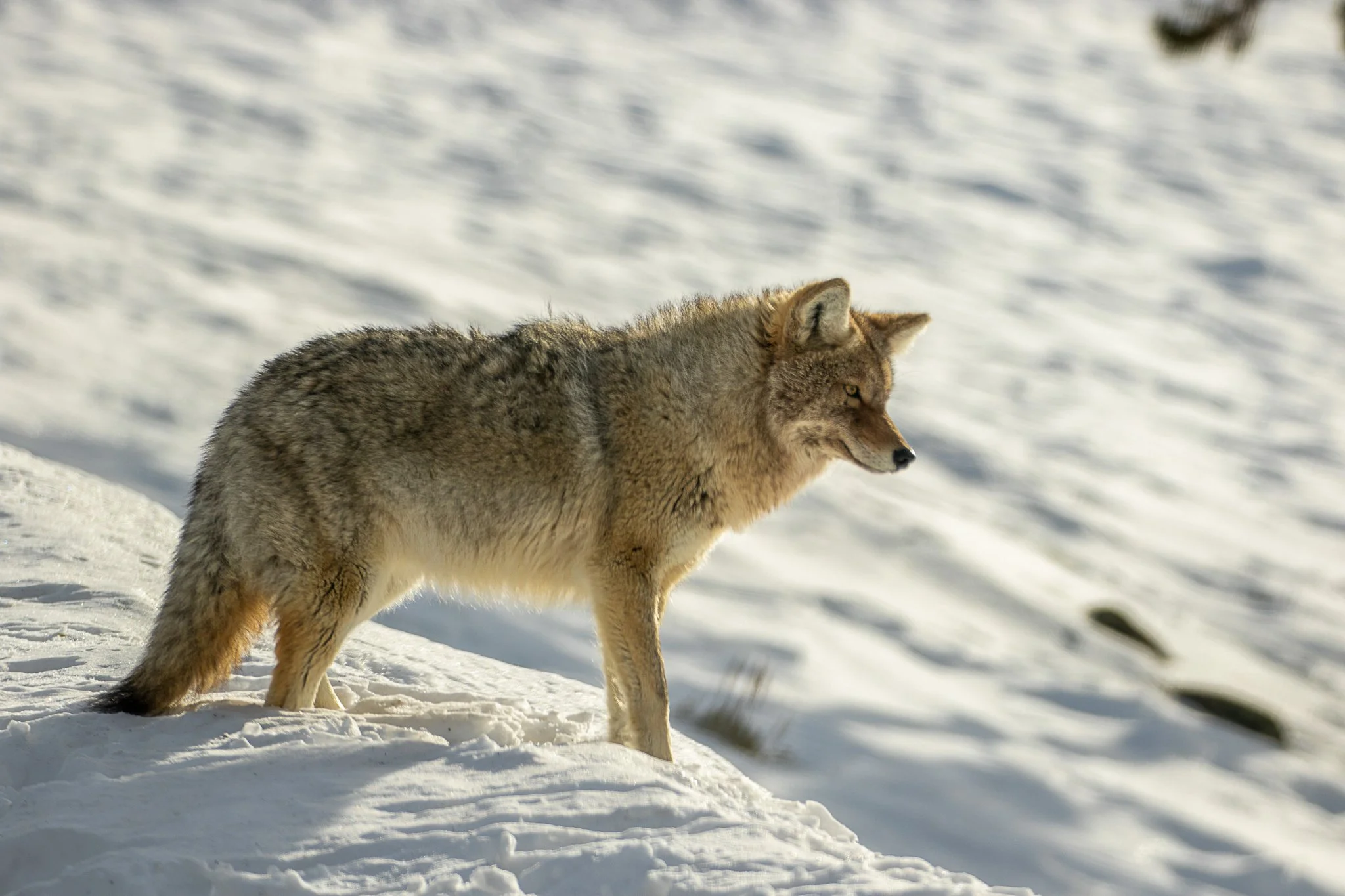
Everything the light touches
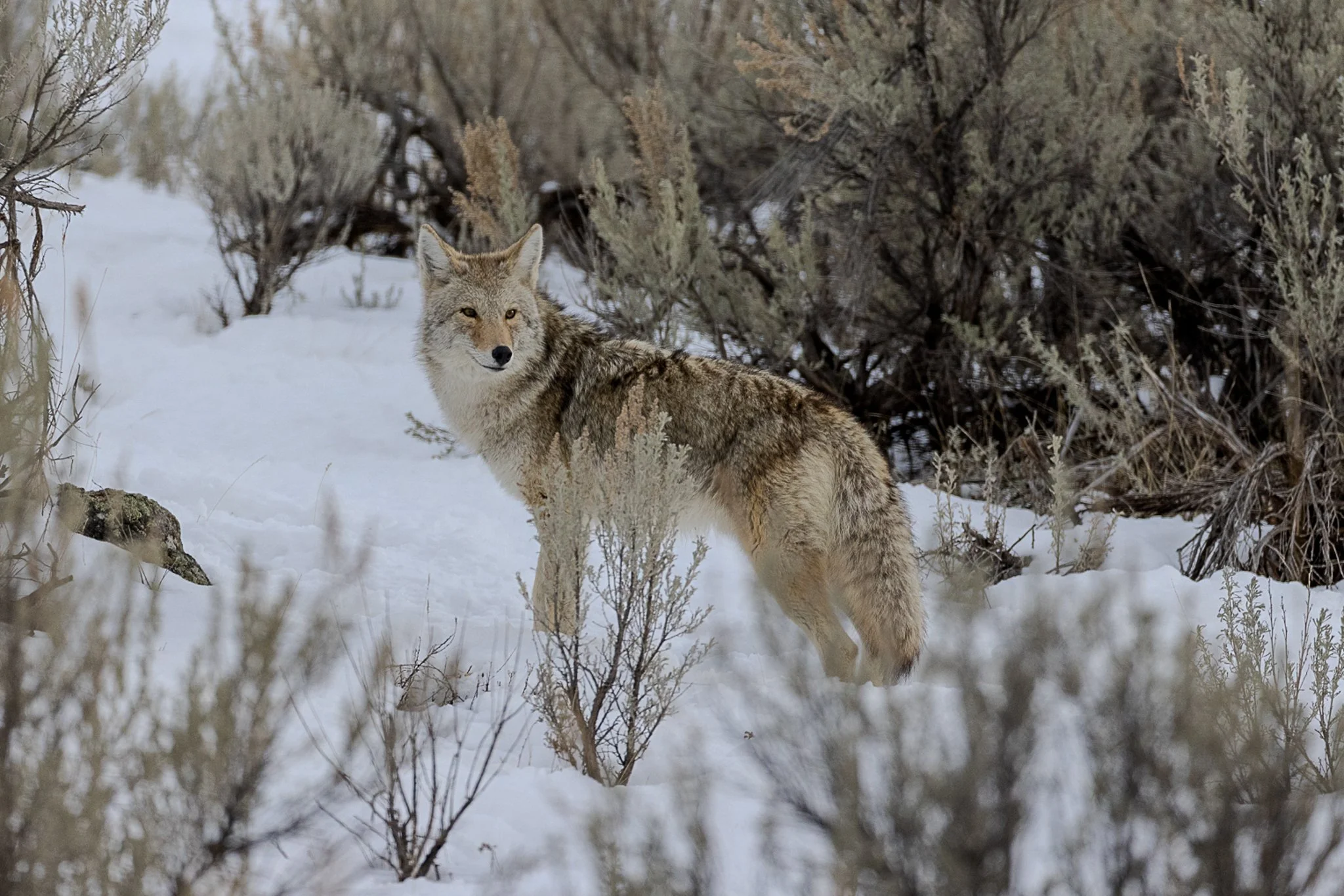
One last look
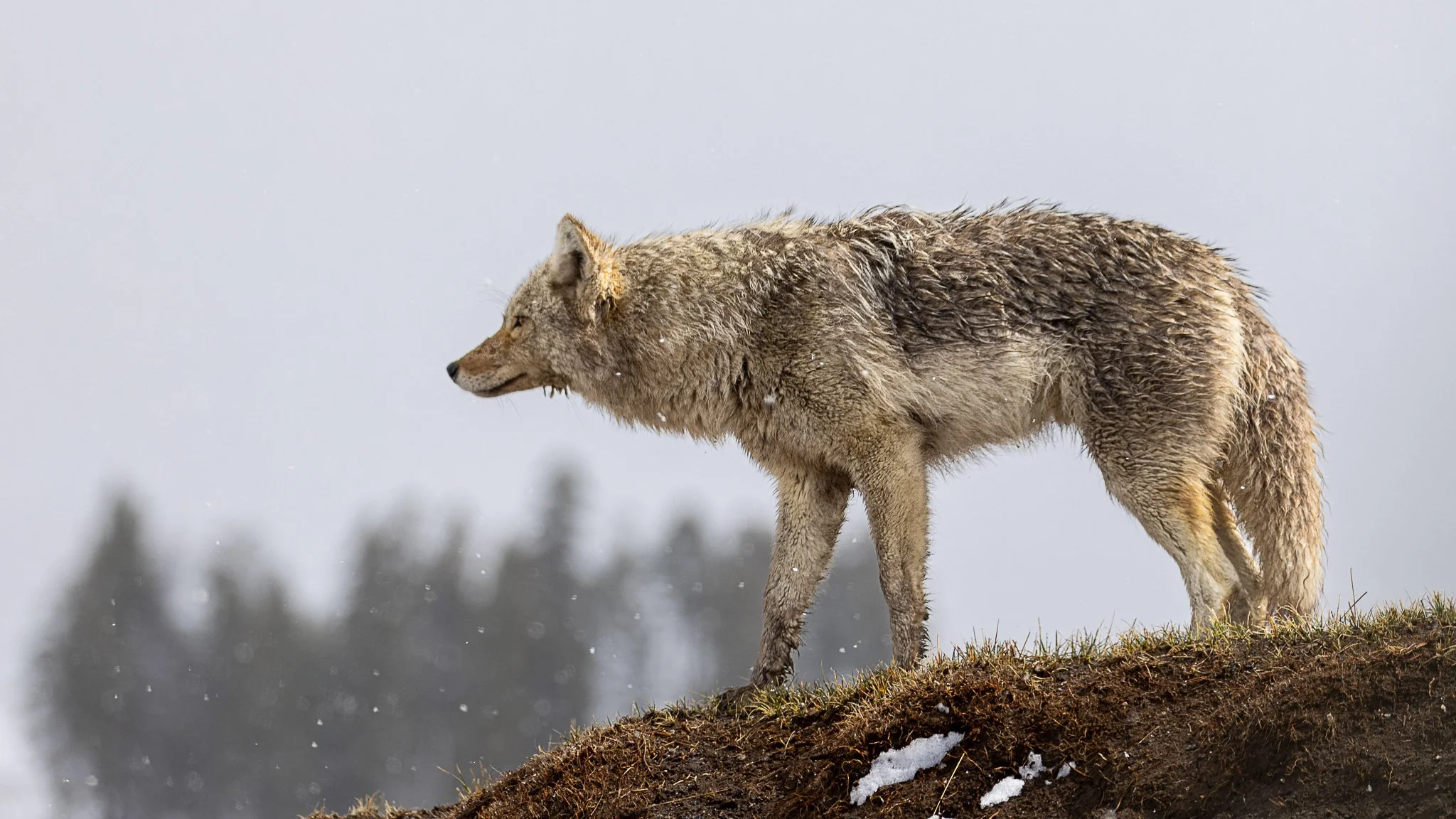
Surveying
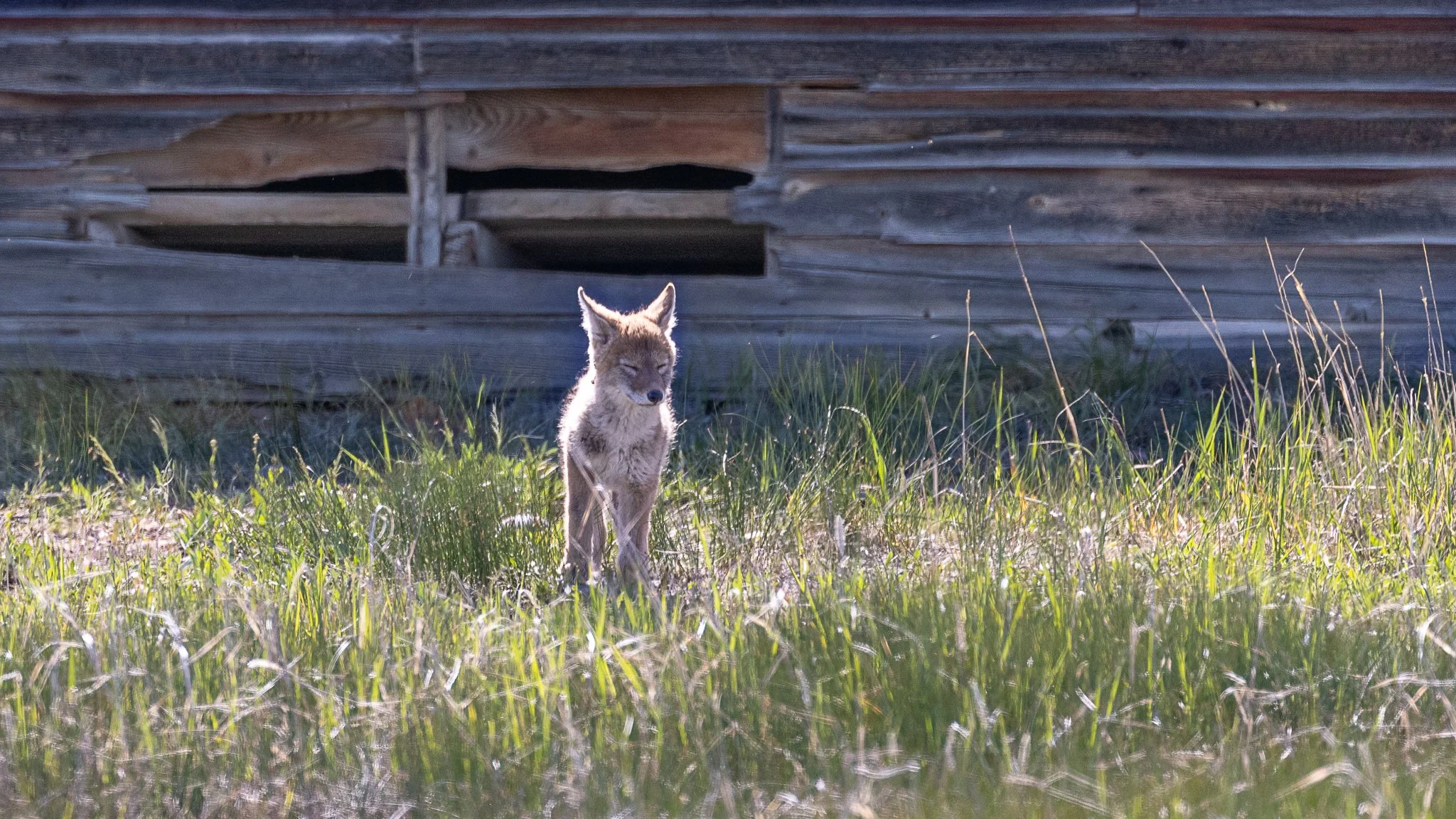
Coyote pup
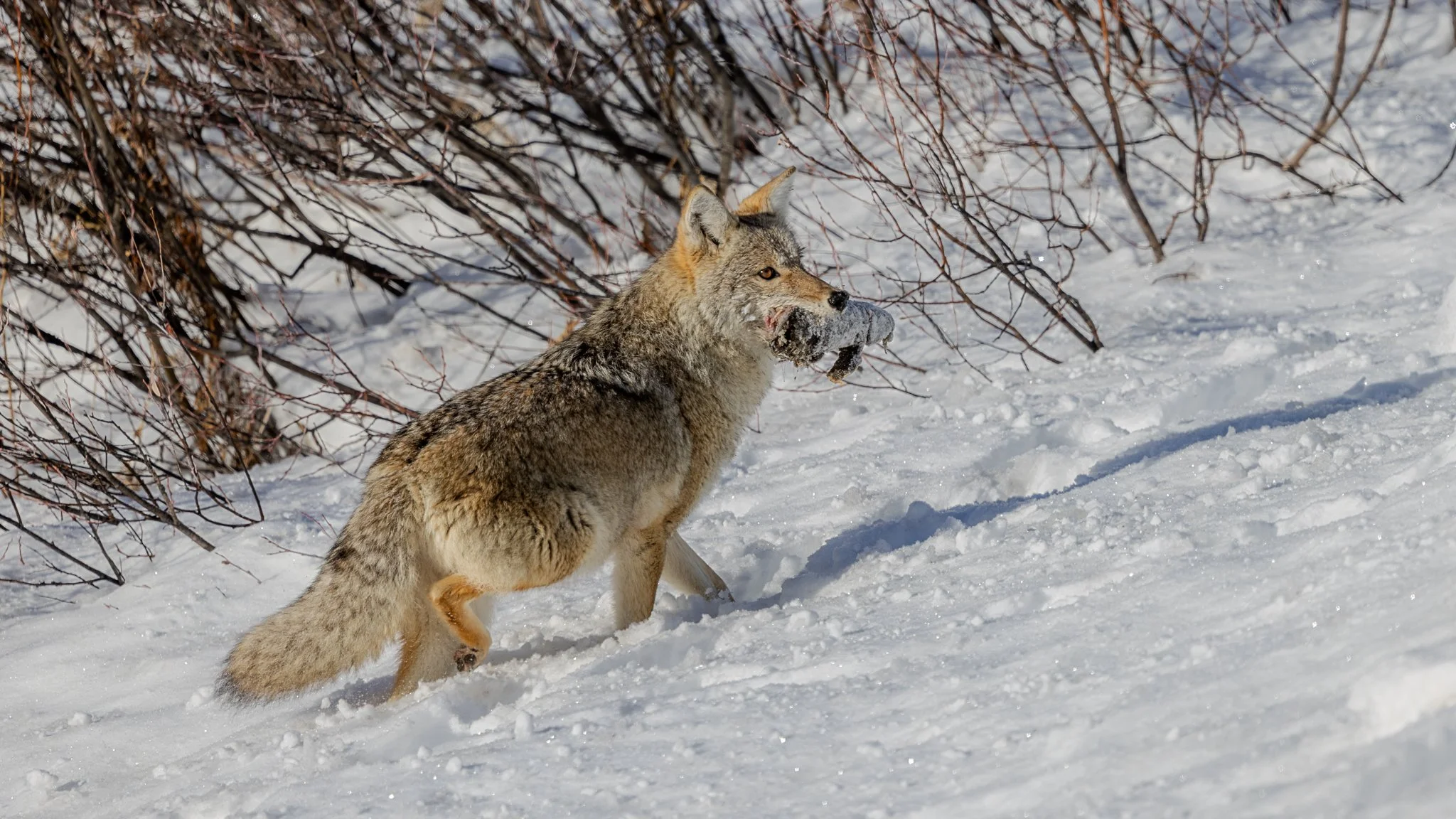
Fish food
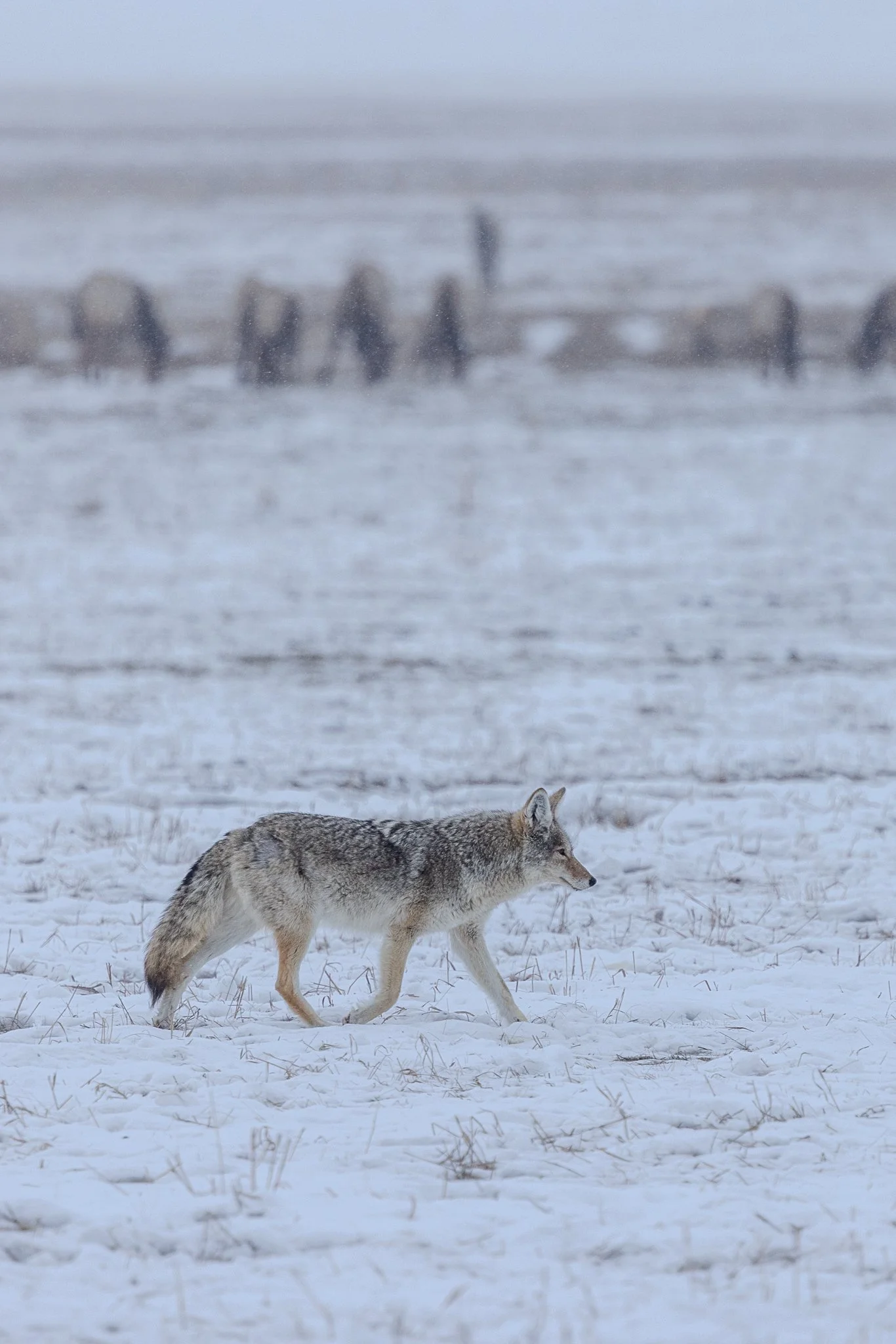
Elk refuge
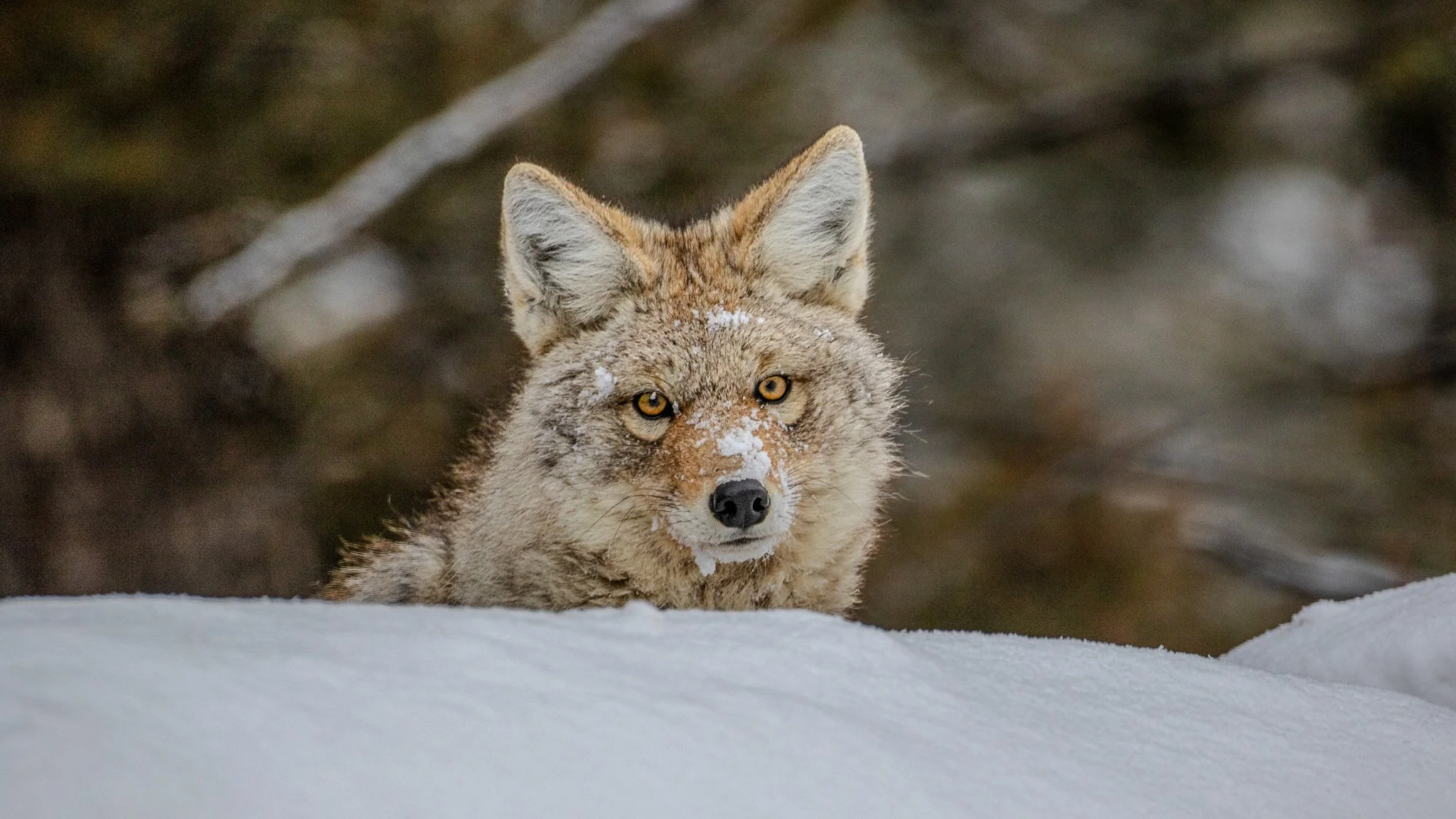
Derp
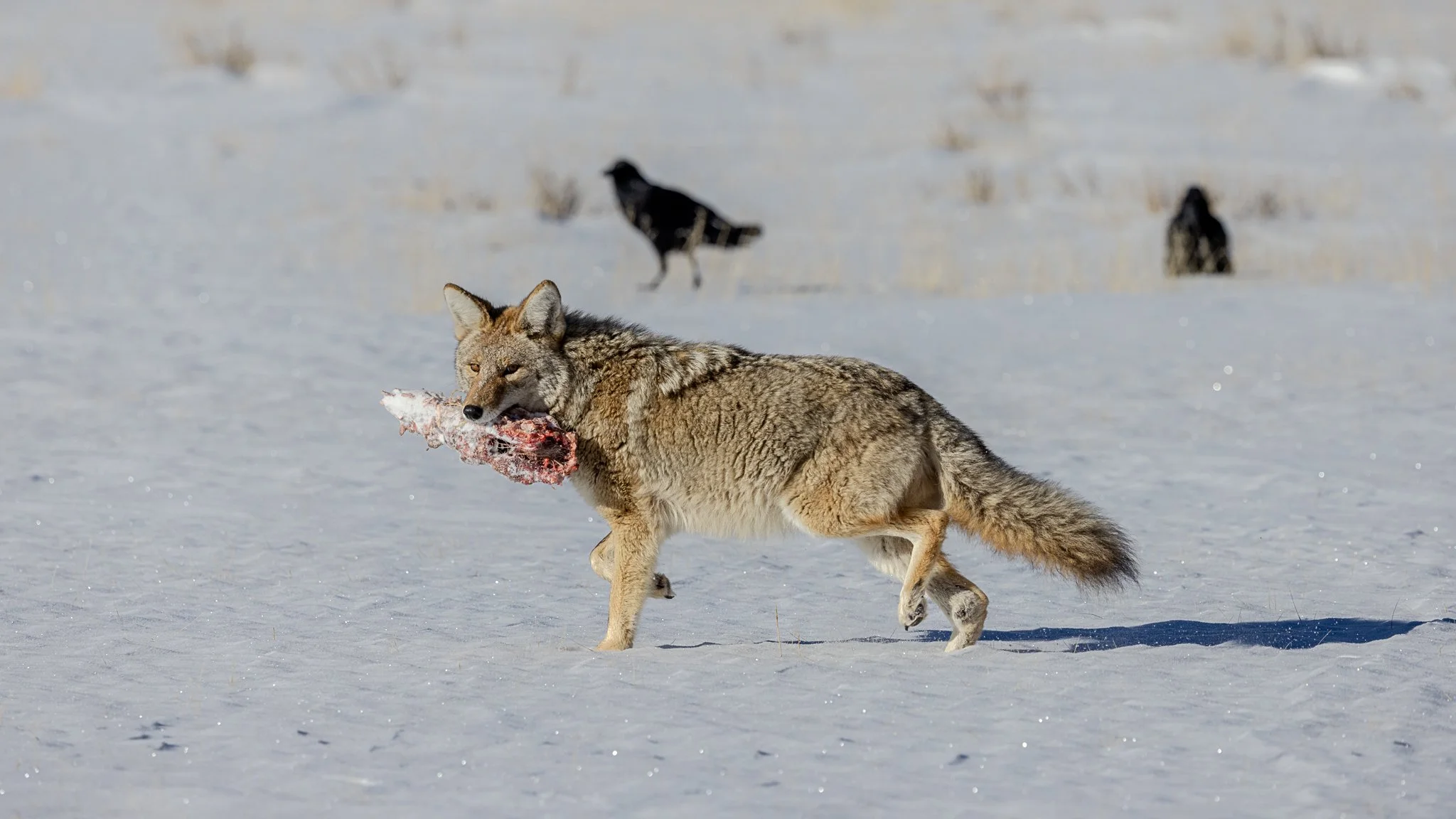
Elk skull for lunch